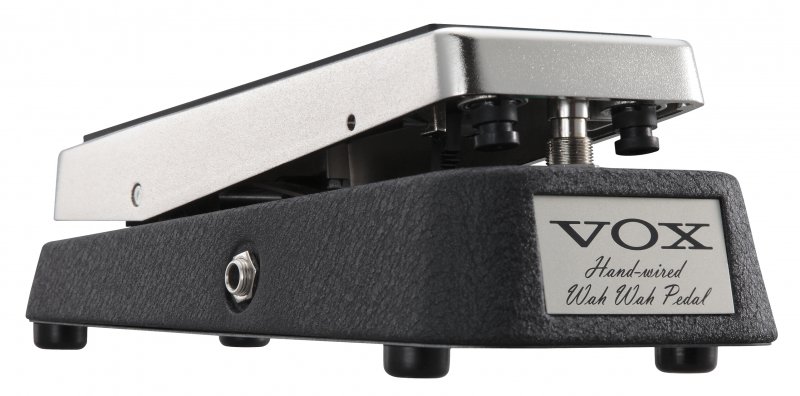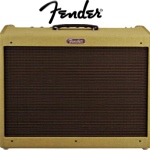Deciding on the best wah pedal is no easy task, so we are going to use the late ’60s style wah as the benchmark to recommend which wah pedals are the best on the market/are available today. Here they are.. Continue reading The Best Wah Pedals on the Market
Tag: teese picture wah
Fender Blues Deluxe Amp Review
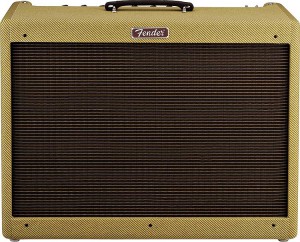 So I was able to pick up a used 90s’ made Fender Blues Deluxe for about $500. I had tried out this amp about 5 years ago at Steve’s Music in Toronto and really was impressed with the clean tones it produced. Now that I have owned one for a few months now, I can give it a real review. And if you are looking for sound clips, I made some, just scroll down the page.
So I was able to pick up a used 90s’ made Fender Blues Deluxe for about $500. I had tried out this amp about 5 years ago at Steve’s Music in Toronto and really was impressed with the clean tones it produced. Now that I have owned one for a few months now, I can give it a real review. And if you are looking for sound clips, I made some, just scroll down the page.
The Blues Deluxe is a 2-channel amp with lots of controls for EQing included a presence and reverb control. So there is a lot of variety to shape your tone for the tweakers out there. It also takes pedals pretty well.
The reverb on the amp is very very nice. However, if you are playing with a lot of overdriving effects, I would set the reverb really low or off completely for the best outcome.
As for Pedals, I tried the amp with my Teese Picture Wah which sounded quite nice. My favorite was using a combination of my FoxRox Aquavibe and Earthquaker Devices Organizer. Got some very trippy sounds this way.
Back to the amp itself, once you start cranking the clean channel, thats when the tone really starts coming in. The clean channel sounds much much better than the overdrive channel. So I would suggest using pedals on the clean channel if you want the amp more dirty.
Overall, I’m quite pleased with the amp for the price. It has a good sound, can definitely hold its own with a drummer at 40 watts. I can wait to experiment with different speakers/tubes to get it more to my liking! View the Blues Deluxe on Amazon.
Fender Blues Deluxe Sound Clips:
Blues on a Fender ’68 Reissue Strat
RMC Real McCoy Teese Picture Wah Review
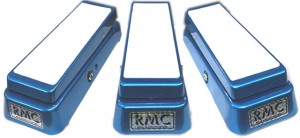 I’m not gonna lie, the RMC4 Picture Wah by Geoffrey Teese is probably one of the best wah pedals on the market! Lets take a look at what this pedal has to offer..
I’m not gonna lie, the RMC4 Picture Wah by Geoffrey Teese is probably one of the best wah pedals on the market! Lets take a look at what this pedal has to offer..
As you can see, it has a blue sparkle encasing, with a white foot pad. Pretty cool looking if you ask me. I’ve owned this pedal for 2 years now, so lets get on to the review.
I plugged in my strat into a nice clean amp. I pressed the wah down to turn it on, and immediately I was getting some watery wah tones. In the clean mode, it is not very vocal, rather more of a funky type of vibe.
I really wanted to have the vocal-like vintage wah quack made famous by Hendrix and Clapton. Once I put my amp into overdrive, I quickly got that tone! Very vocal like, and miles ahead of any mass produced wah made today. Like any person testing out a wah, I went right into the intro of Voodoo Child. This wah definitely gets you there.
Another good application of the wah is to turn it on, leave it in a position, and just play your guitar with that tone. You can get some very bright trebly tones that work great for solos, or some really bassy, smooth tones that I’ve actually also solo’d with.
Now whats really great about the RMC Picture Wah is pairing it up with a Fuzz pedal. The Picture Wah has encorporated a buffer in order to make it work properly with a fuzz, which most wahs aren’t capable of doing. When you really crank your amp, and your fuzz,the wah can really help when trying to have controlled feedback. Very cool to play around with, as it adds another dimension to your tone.
Basically the RMC Picture Wah is an excellent pedal, and really captures some authentic vintage wah tones.
The Hendrix Fuzz Tone – Which Pedals?
One of the most elusive tones of all time is that distinguishable fuzz sound by the god himself, Jimi Hendrix. In your face, raw, exciting, and bluesy all describe this wonderful effect that Jimi got out of these pedals. I say pedals plural as his fuzzy sound can’t be attributed to just one pedal.
In the 1960s’, when fuzz pedals were introduced, germanium transistors were used giving forth a huge, warm, fuzzy sound. However, in the late 60s’, a lot of fuzz pedal makers switched over to silicon transistors which has a more aggressive and biting sound, with more gain on tap.
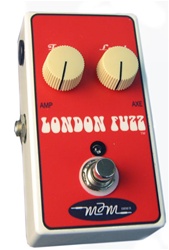 If you are looking for the early Hendrix sound, aka the Monterey tone, then you would want to look into a germanium transistor based fuzz pedal. This is also the tone you would hear on his early albums. Some good pedals to replicate this sound are the Hartman Germanium Fuzz, and the MJM London Fuzz 1. There are plenty of sound clips on YouTube to hear these pedals in action.
If you are looking for the early Hendrix sound, aka the Monterey tone, then you would want to look into a germanium transistor based fuzz pedal. This is also the tone you would hear on his early albums. Some good pedals to replicate this sound are the Hartman Germanium Fuzz, and the MJM London Fuzz 1. There are plenty of sound clips on YouTube to hear these pedals in action.
Now if you want more of the later Hendrix/Band of Gypsys tone, or Isle of Wight tone, then you would want a silicon based fuzz. These pedals are typically brighter and cut through the mix better. Their added gain takes things to a new level. I personally have the Roger Mayer Axis Fuzz which is amazing for this tone. There are a lot of ways to dial in different shades of the Hendrix tone with this pedal. As well, there are great things being said about the Gypsy Fuzz by KR Musical Instruments, although this pedal can be tough to get your hands on. Randy Hansen actually exclusively uses KR pedals for his Hendrix rig.
Some tips to really nail the tone:
1) Make sure you are using a Stratocaster guitar, as Hendrix mostly used one and the single coil pickups react really well with fuzz pedals. Low output pickups work best as they were standard on Strats during Hendrix’s time.
2) Amp wise, a marshall would be preferred. Infact, best case scenario is a Marshall 100watt superlead, superbass, or JTM-45/100. But other marshall based amps will work.
3) The amp must be cranked to get the sound. Otherwise the Fuzz won’t sound great. Also when the amp is cranked, you can get controlled feedback from the fuzz as well as additional harmonic overtones that made Jimi’s tone 3 dimensional.
4) If you can’t crank it due to neighbours, then stacking it with an overdrive or preamp pedal can help. Or you can look into installing a PPI Master Volume, or attenuator.
5) Dialing in the volume and fuzz/drive on the pedal really high is something that Hendrix did a lot. To control the sound, all you have to use is your volume on your guitar. If you turn the volume down, the tone will clean up a ton. And when your guitar volume is all the way up, you will be balls-deep in fuzz, which is a great transition for solos.
6) Experience with different positions on a Wah pedal. This will add different shades to the fuzz tone, whether you want it brighter, or more bassy. I recommend the RMC Teese Picture Wah.
Anyway, I hope this info helps you are on your search for the perfect Hendrix Fuzz Tone!
